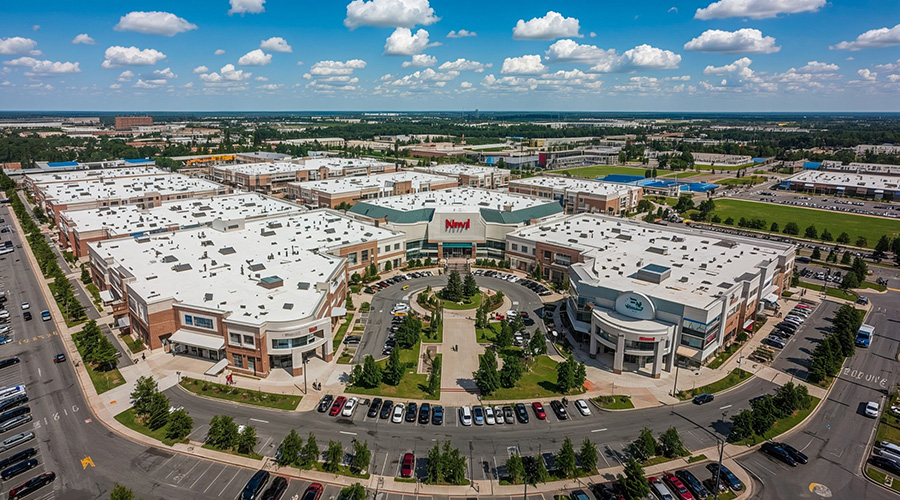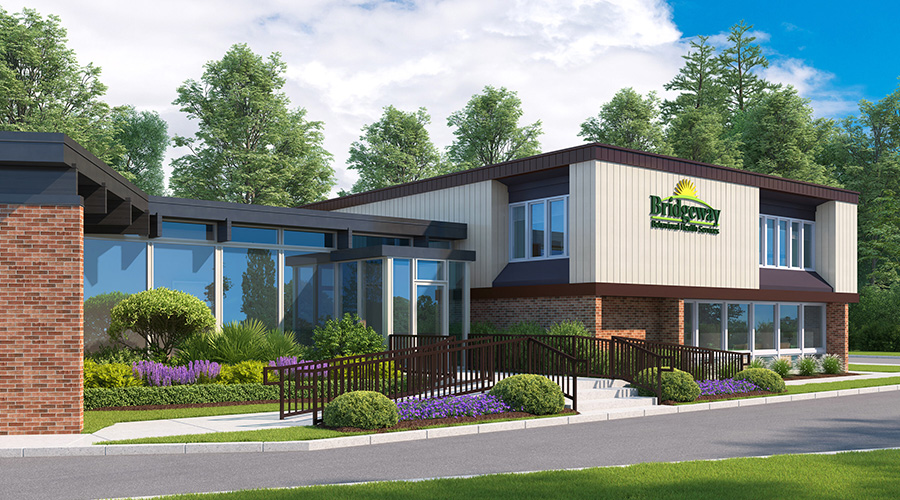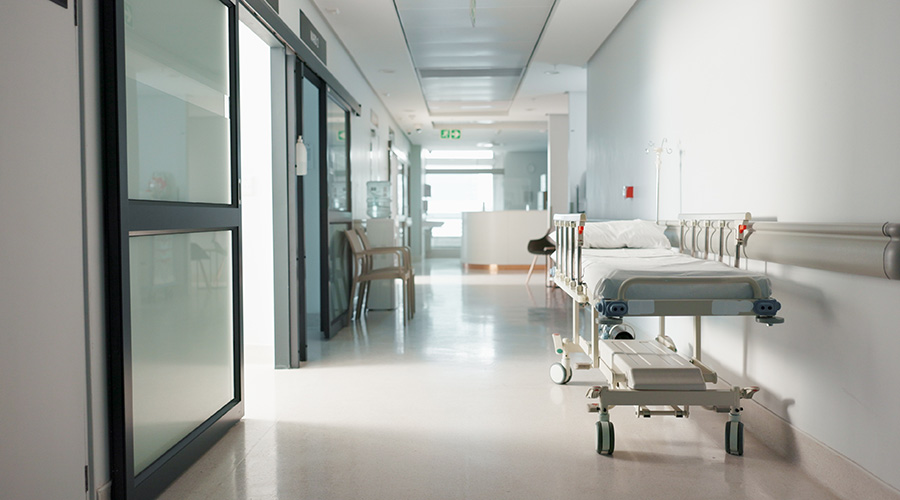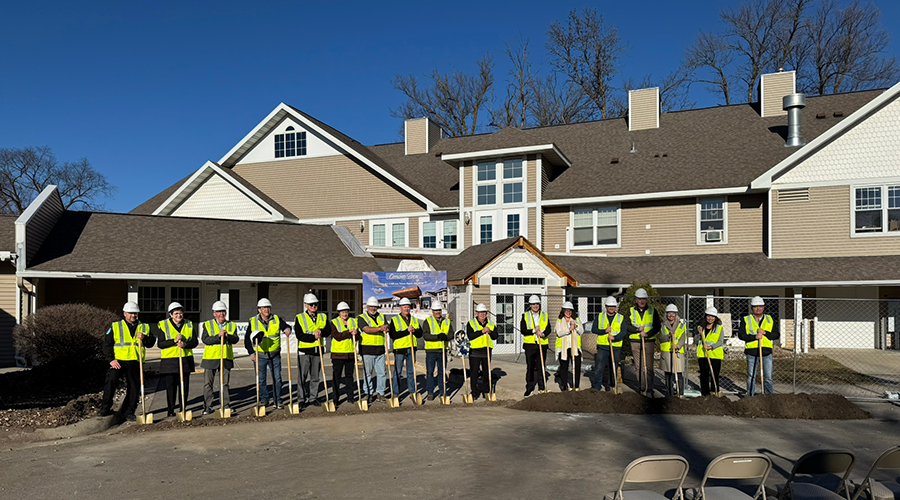More than one-half of noise-exposed workers did not use hearing protection always or usually when exposed to hazardous occupational noise, according to a new study from the National Institute for Occupational Safety and Health (NIOSH). Non-use of hearing protection devices (HPD) was only measured in workers who reported exposure to noise on the job.
An estimated 22 million workers in the United States face exposure to hazardous noise at work each year. While fewer workers are exposed to noise in industries like finance and insurance, and healthcare and social assistance, NIOSH researchers found some of the highest prevalences of HPD non-use among the exposed workers in these industries. Researchers also found female workers, workers aged 18-25, and current smokers had a significantly higher prevalence of HPD non-use.
“Our findings regarding HPD non-use by gender and age group are consistent with previous studies,” said Elizabeth Masterson, research epidemiologist and study co-author. “However, no prior relationship between smoking and HPD non-use has been reported. Our study was the first to find a significant association between current smoking and HPD non-use.”
Among all workers exposed to noise in 2014, researchers found the majority (53%) did not wear hearing protection consistently. Industries with the highest HPD non-use among noise-exposed workers included accommodation and food services (90 percent), healthcare and social assistance (83 percent), and education services (82 percent).

 Healthcare Is the New Retail
Healthcare Is the New Retail Bridgeway Behavioral Health Services Launches Campaign to Renovate Health Center
Bridgeway Behavioral Health Services Launches Campaign to Renovate Health Center Ground Broken for New North Dakota State Hospital
Ground Broken for New North Dakota State Hospital AI Usage for Healthcare Facilities
AI Usage for Healthcare Facilities Ground Broken on Pelican Valley Senior Living Modernization Project
Ground Broken on Pelican Valley Senior Living Modernization Project